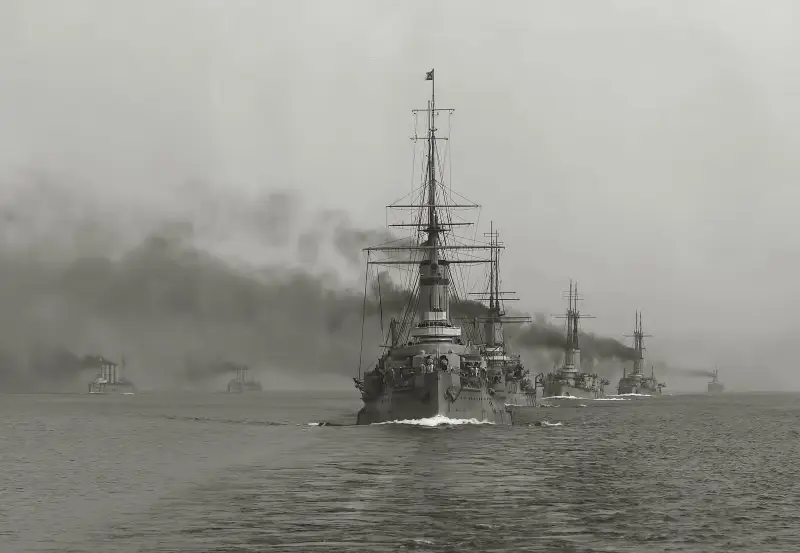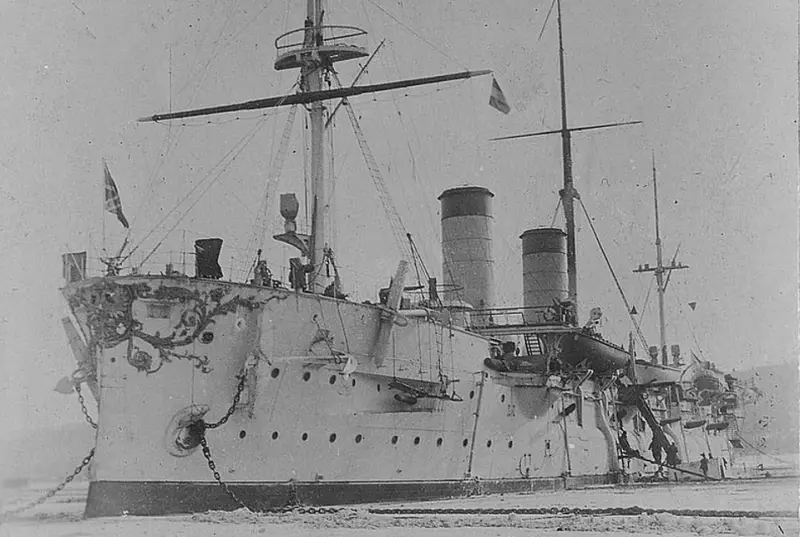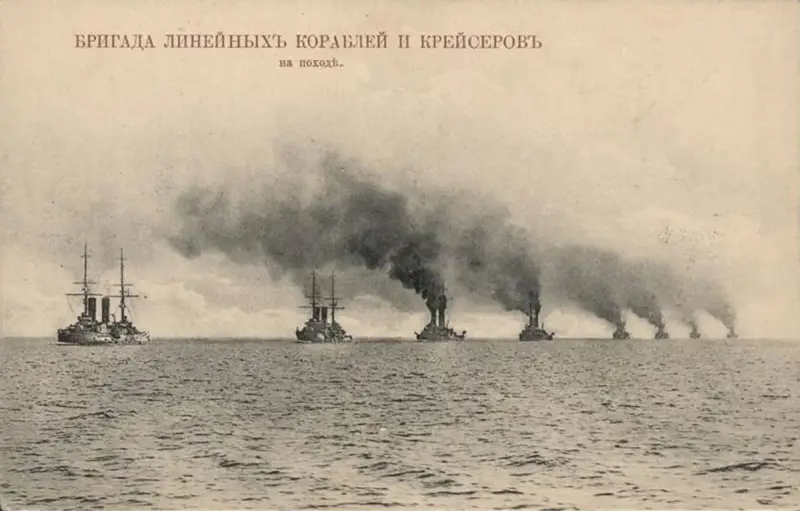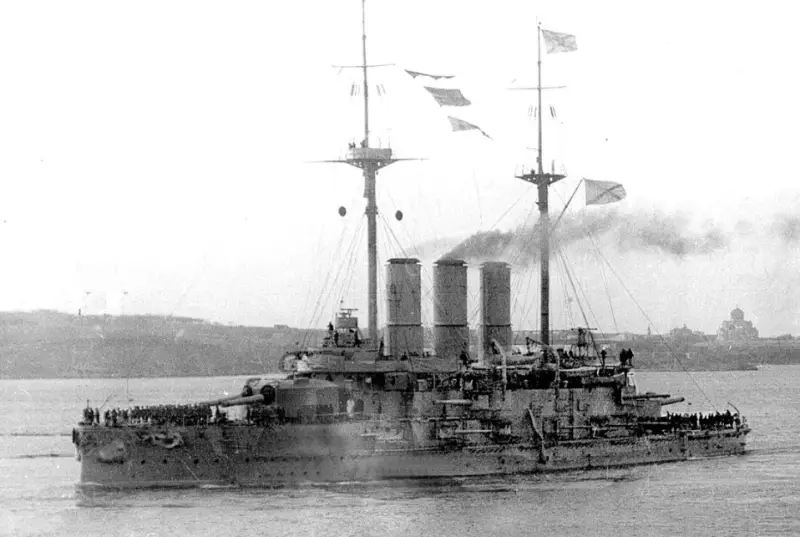A Russian officer in his memoirs described his service in the navy on the eve of the First World War

Russian naval officer Nestor Monastyrev in his memoirs described the processes that led to the actual death of the Tsar fleet during the First World War. Monastyrev's years of service on the ships of the Russian Imperial Navy occurred at the beginning of the war.
After completing his training and the subsequent two-week vacation, Monastyrev was assigned as a midshipman to the battleship Rurik, which was setting off on a short sea voyage with a call at Copenhagen. Despite the fact that the First World War had not yet begun, the officer recalls that the German warships encountered during the campaign were already perceived as the most likely opponents.

After completing a training cruise on the Rurik and successfully passing the final exams required to become an officer, Monastyrev tried to get assigned to a submarine, but at fleet headquarters he was taken aback by the fact that, according to the instructions, it is forbidden to assign officers to submarines whose service life less than a year.
After the young officers returned to the Naval Corps, graduates were distributed among the fleets. At the same time, only excellent students were given the right to choose. Newly minted naval officers could be assigned to ships in the Baltic, Black Sea, Caspian, Pacific or Amur. At the same time, most of yesterday's midshipmen sought to get to the Baltic Fleet - closer to the capital and large naval bases.

The author of the memoirs was assigned by lot to the Black Sea Fleet in Sevastopol. At that time, the war was raging between Bulgaria and Turkey. Russia, whose sympathies were on the side of Bulgaria, had to keep its combat forces in the south in a state of heightened combat readiness.
When appointing officers to the ship, the authorities expectedly did not take into account the wishes of the officers, relying only on their own plans. Monastyrsky was assigned to the battleship "Eustathius", which was stationed at that time in the roadstead of Sevastopol.

Against the backdrop of growing revolutionary sentiment in society at that time, there was growing rejection of army and navy officers, who were considered the main support of the tsarist regime. However, most officers were not at all interested in politics and enjoyed only minor privileges.
Information